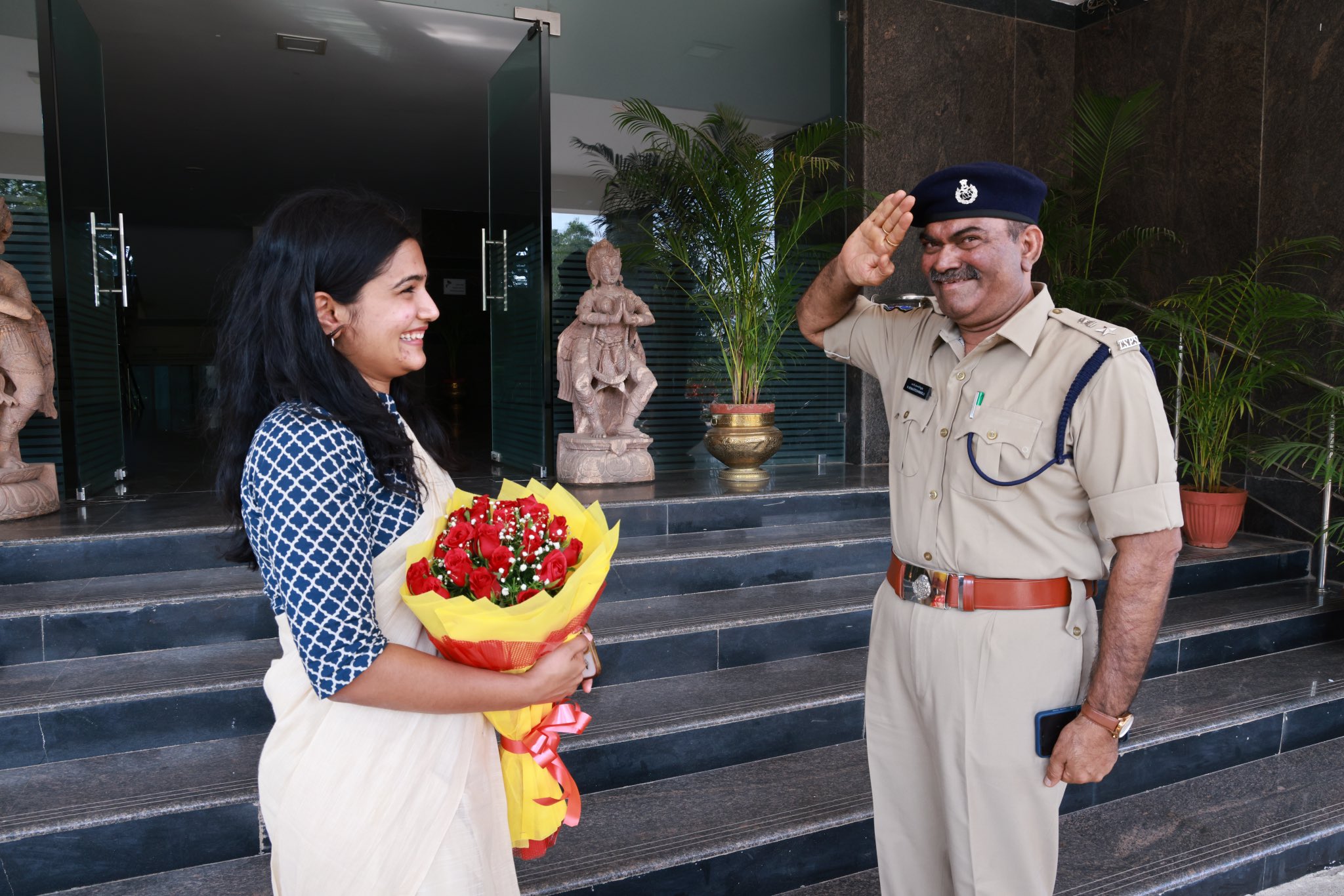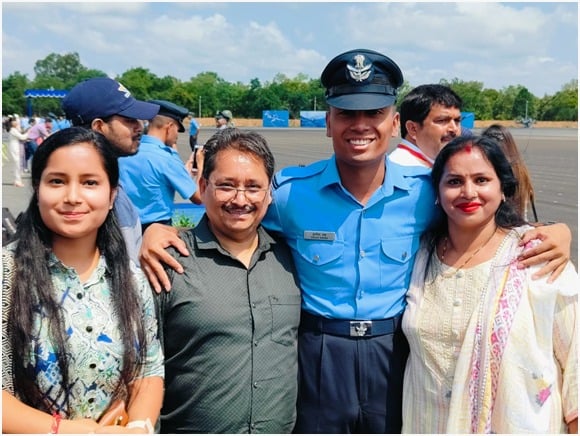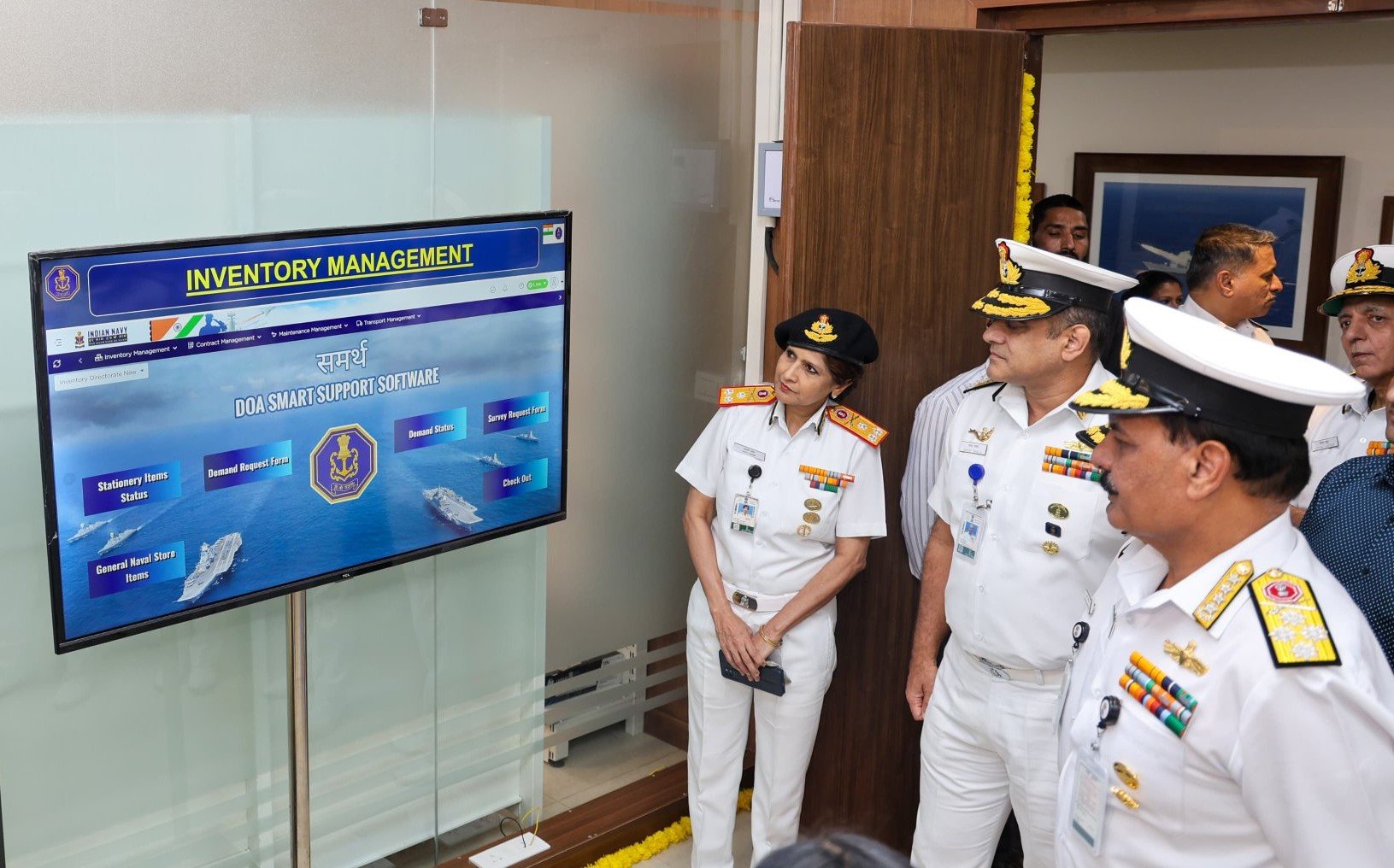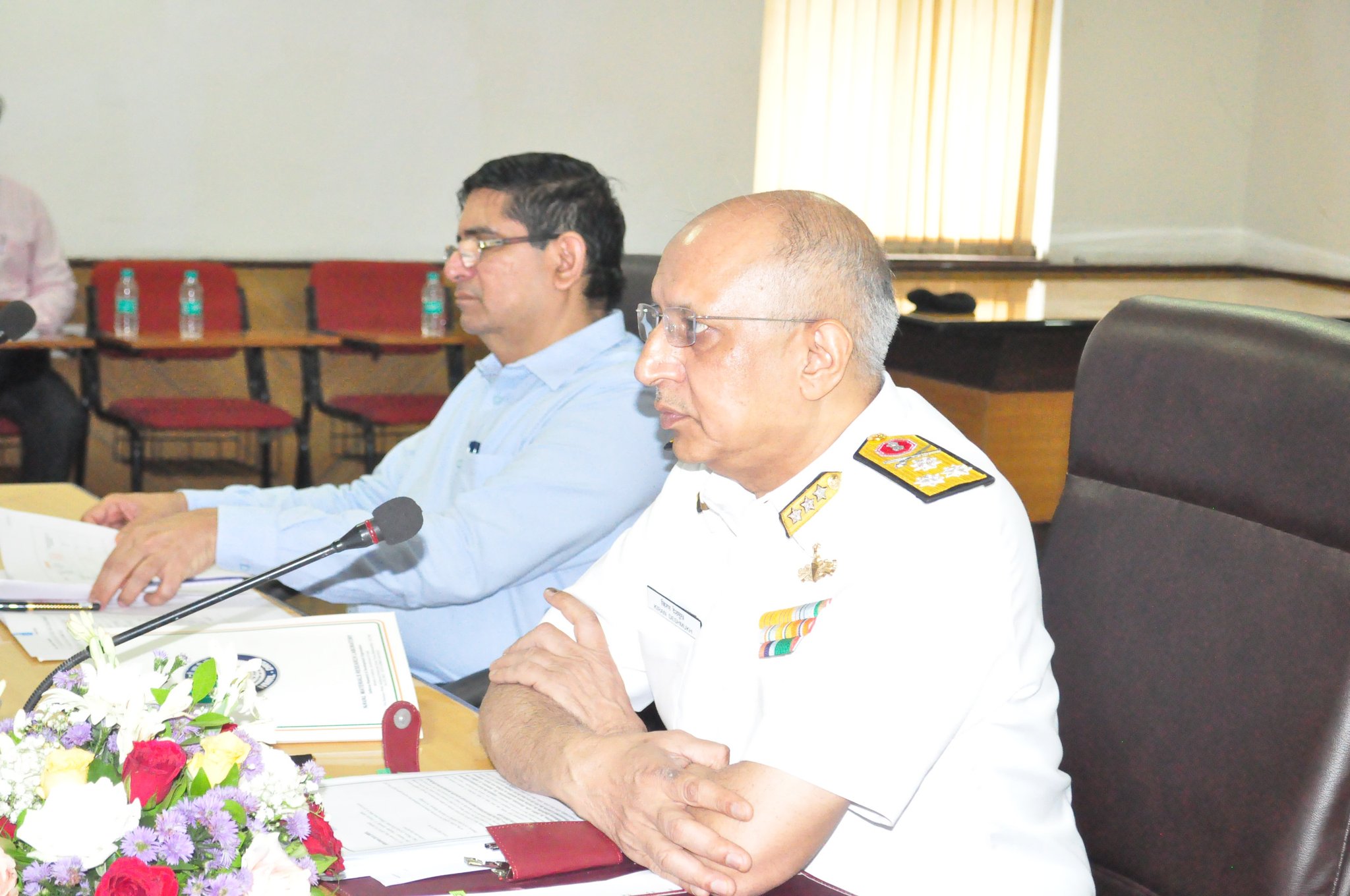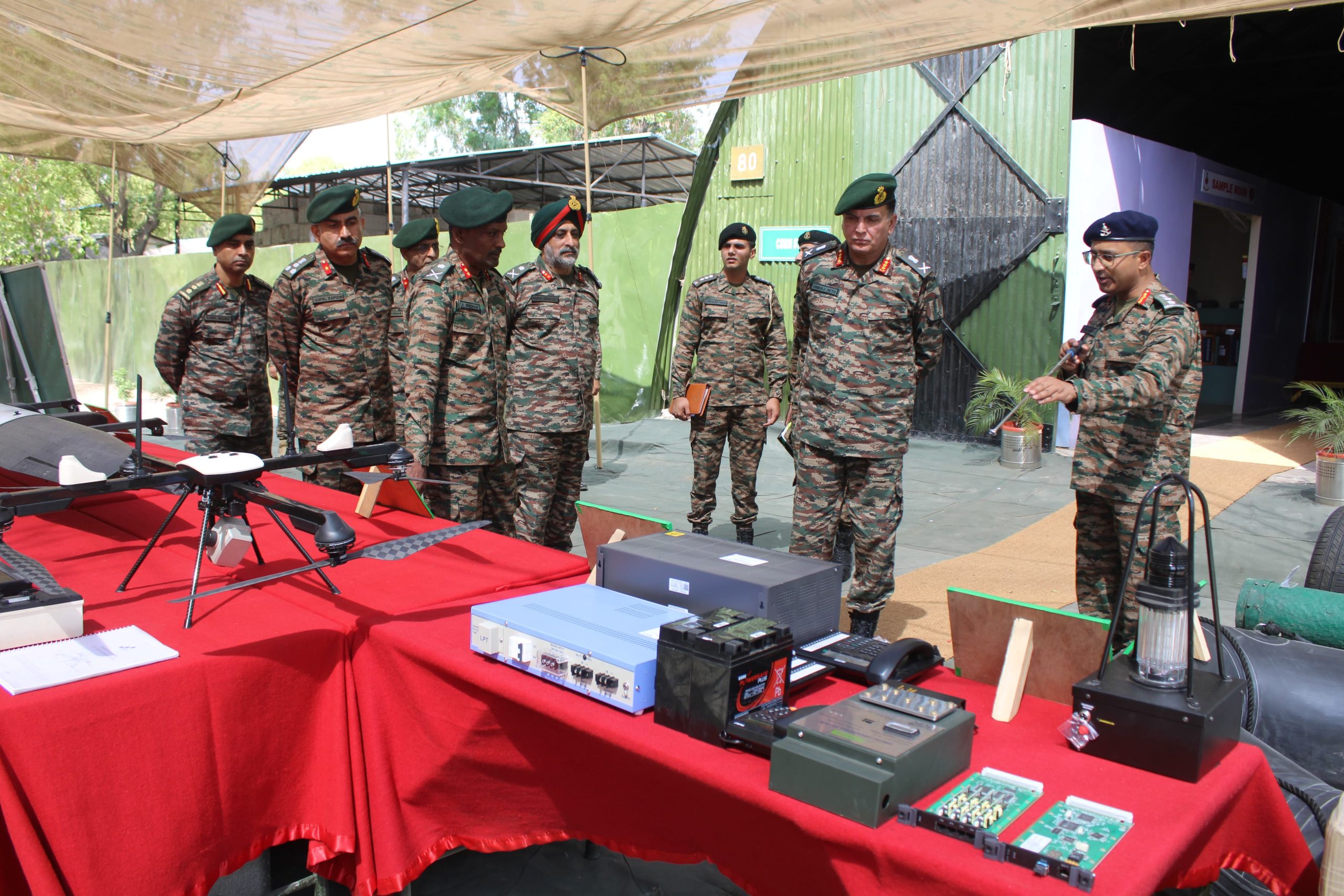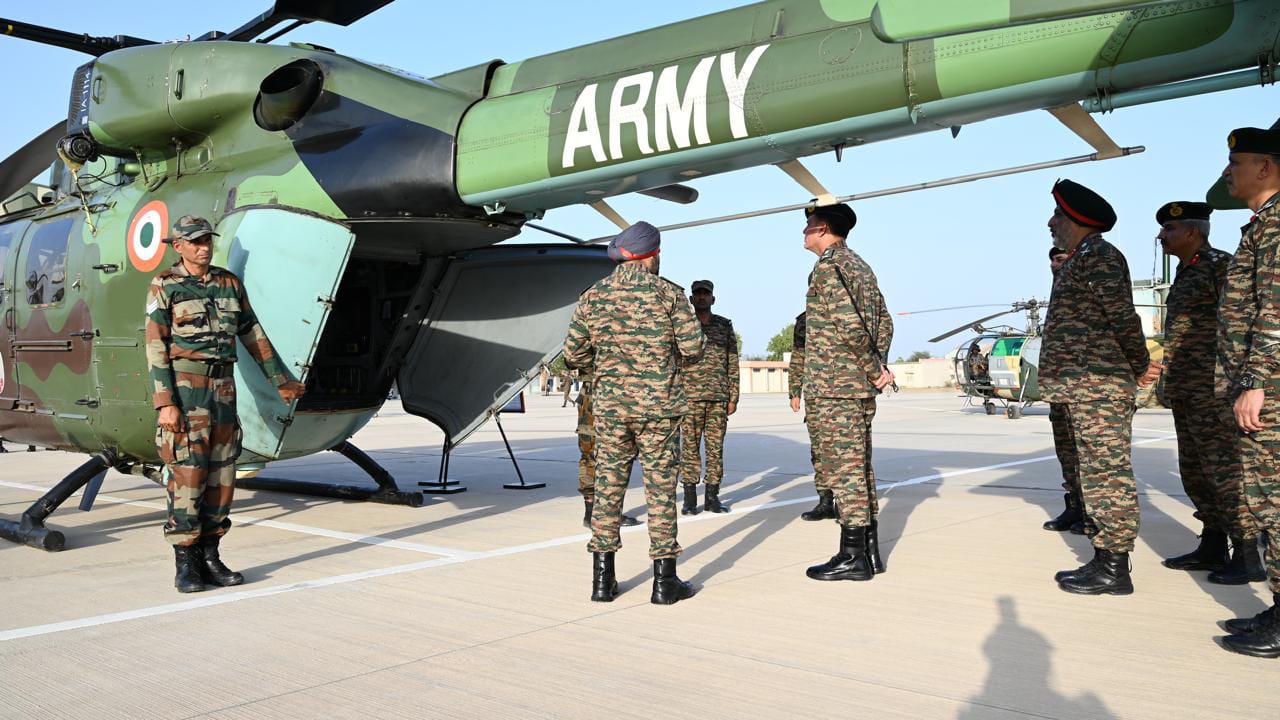IPS Father Salutes UPSC Topper IAS Daughter
In a moment that captured the hearts of many, a photo featuring a father, a dedicated Indian Police Service (IPS)…
Meet Flying Officer Pulkit Ratra, Son of a Tailor Becomes an Air Force Officer
In a poignant ceremony at the Air Force Academy in Dundigal, Flying Officer Pulkit Ratra, along with 234 other flight…
Indian Navy Inaugurates Advanced Facilities at New Nausena Bhawan
Admiral Dinesh K Tripathi, the Chief of Naval Staff (CNS), unveiled two major technological advancements at the newly commissioned Nausena…
Naval Steering Committee Advances Warship Material Technology in Line with National Self-Reliance Goals
The 34th Steering Committee Meeting (SCM) on Warship Material Technology convened at the Naval Materials Research Laboratory (NMRL) under the…
Lt Gen Dhiraj Seth Reviews Preparedness at Chetak Gunners, Carpe Diem Brigade, and PanchVinShati Brigade
Lt Gen Dhiraj Seth, Commander of the South Western Command, conducted a comprehensive visit to the Bathinda Military Station on…
Lieutenant General Dhiraj Seth Reviews Operational Readiness at Bathinda Aviation Base
In a recent visit to the Army Aviation Base at Bathinda Military Station, Lieutenant General Dhiraj Seth, Army Commander of…

